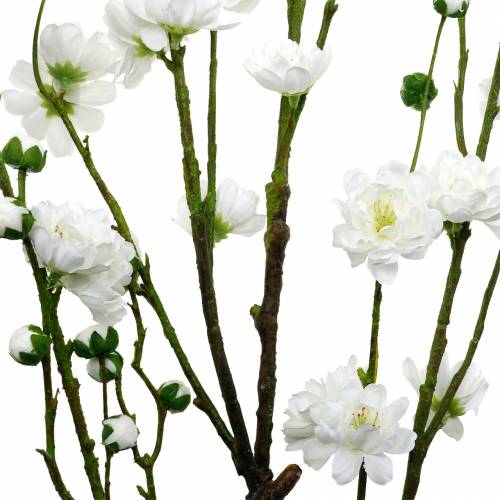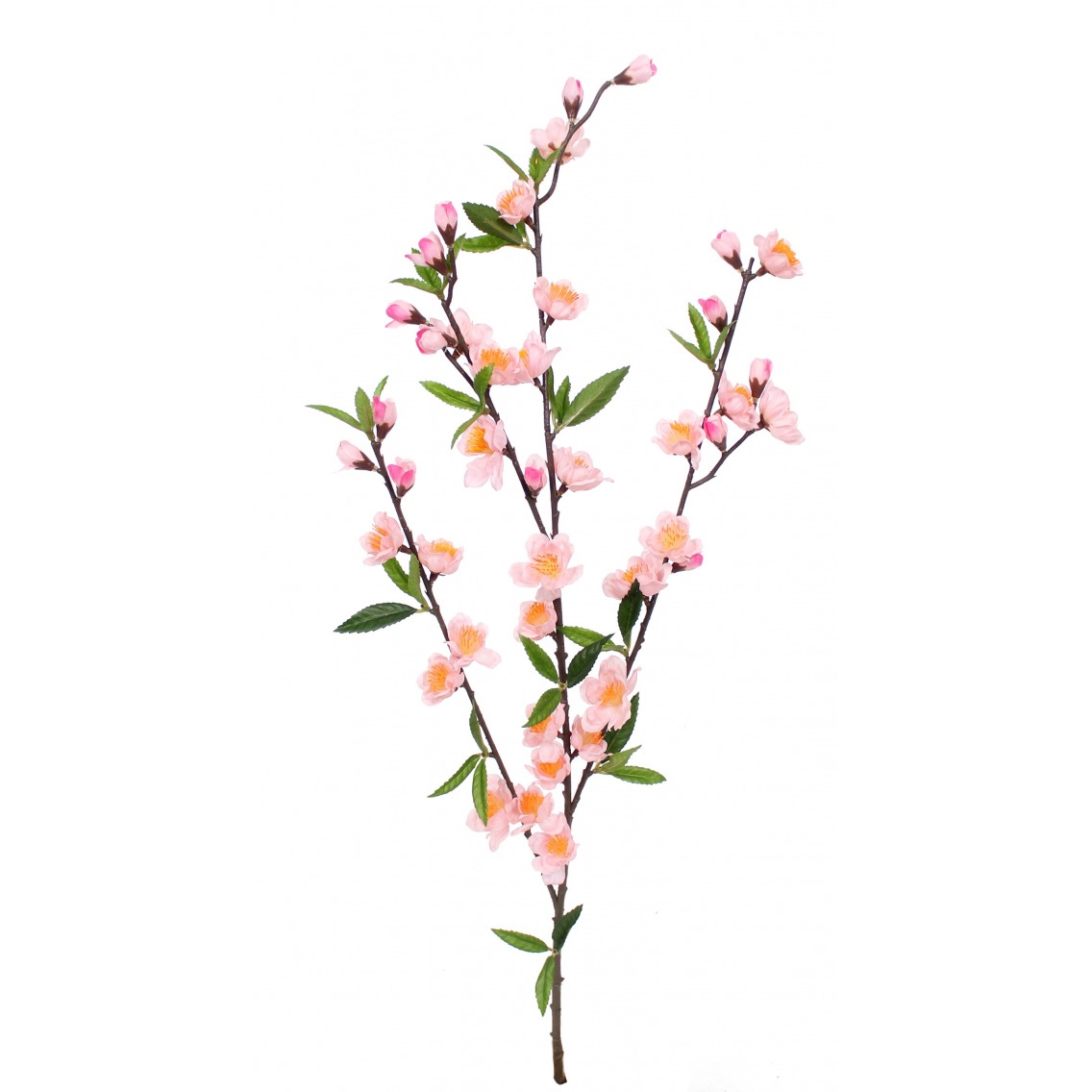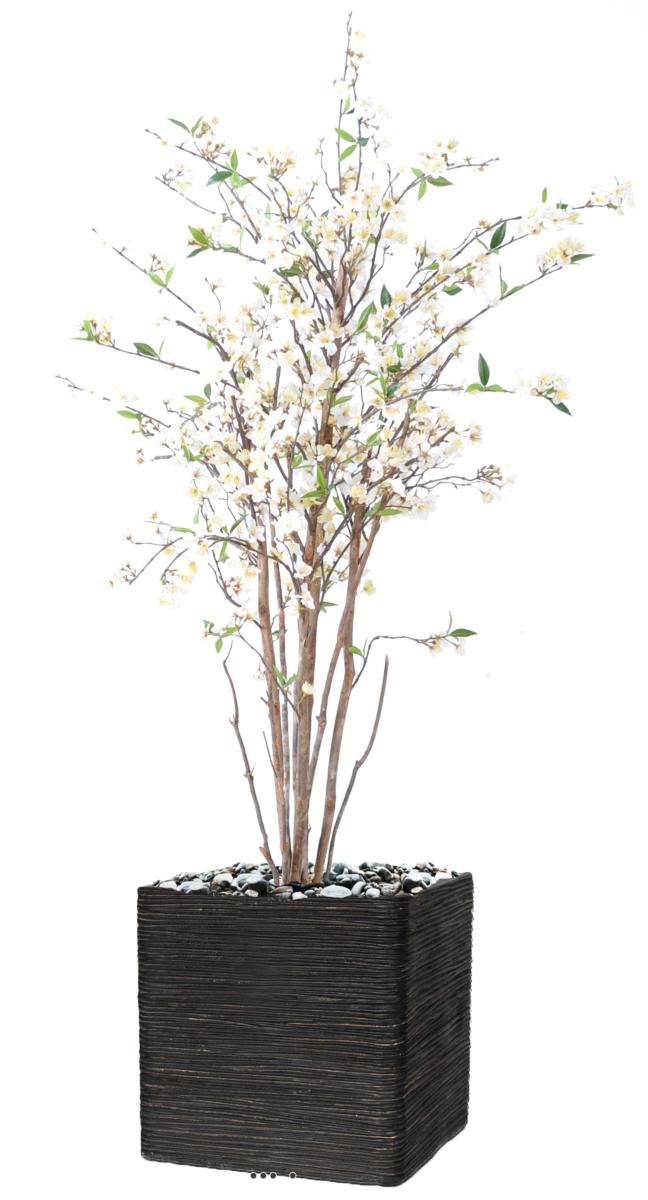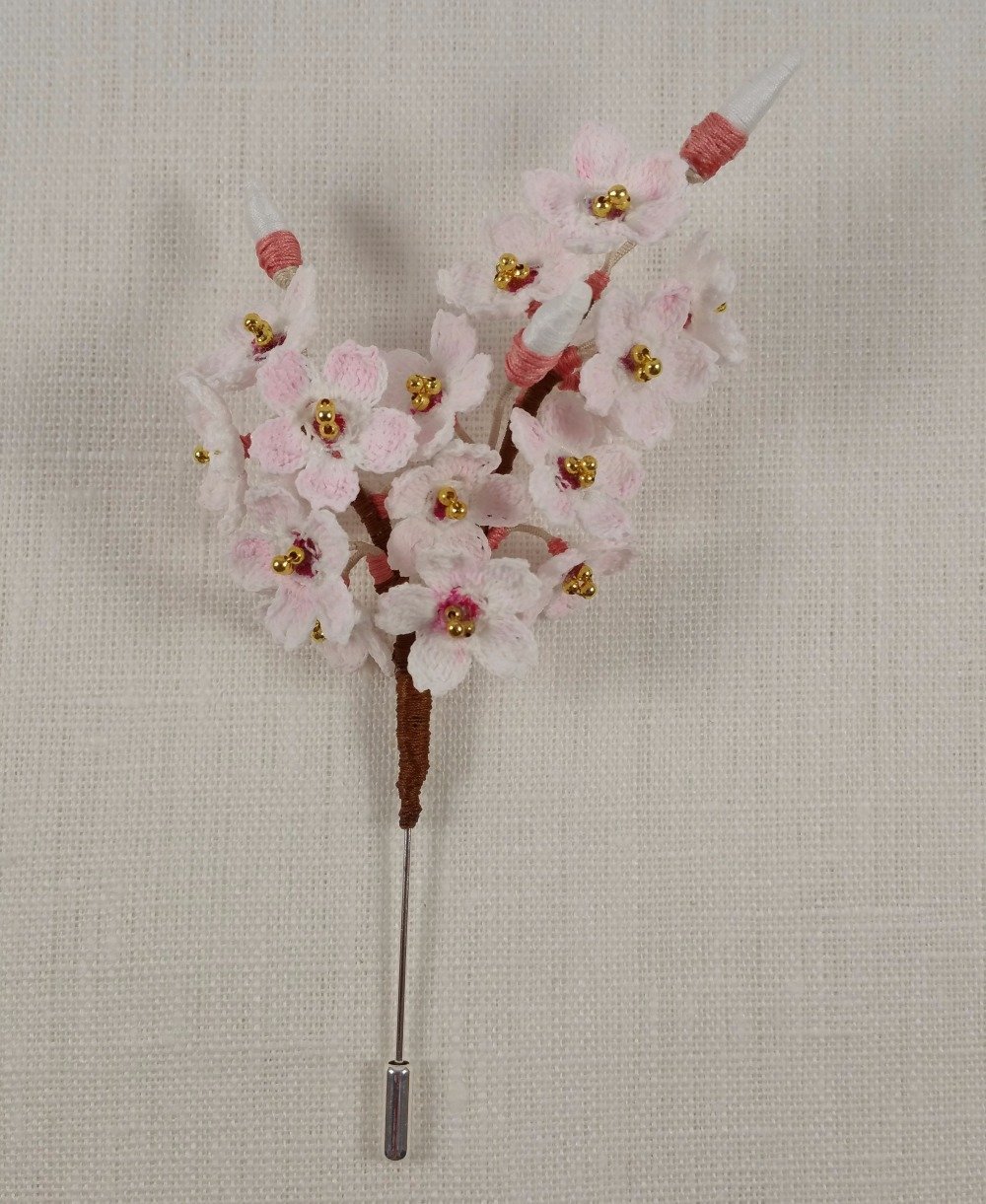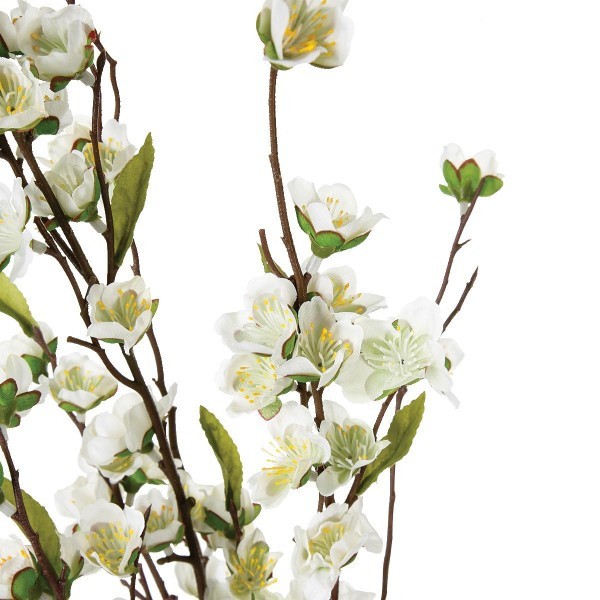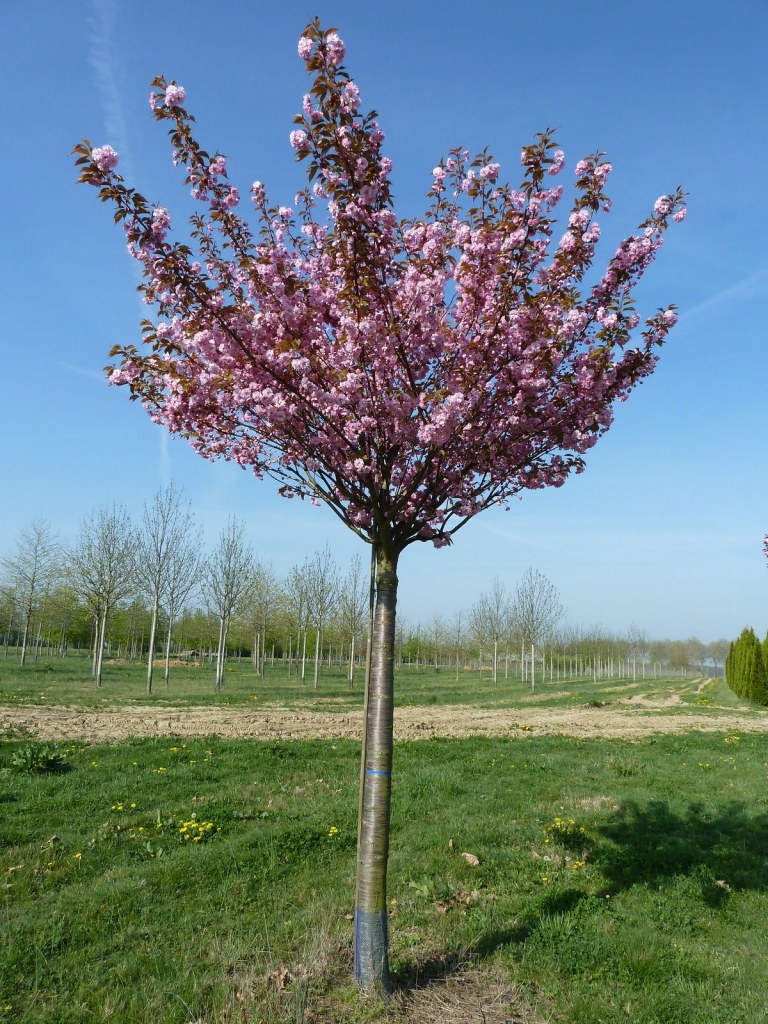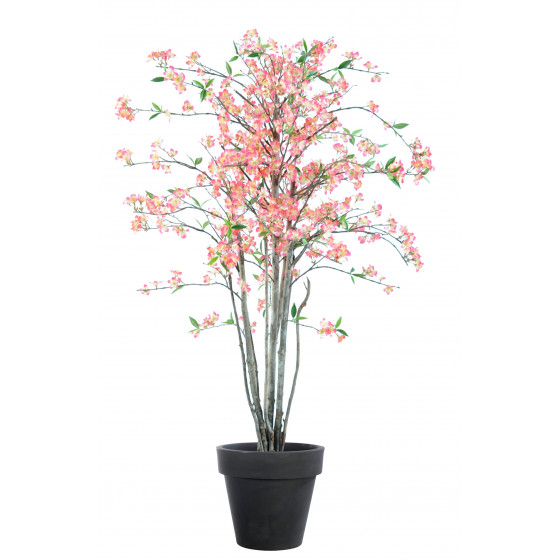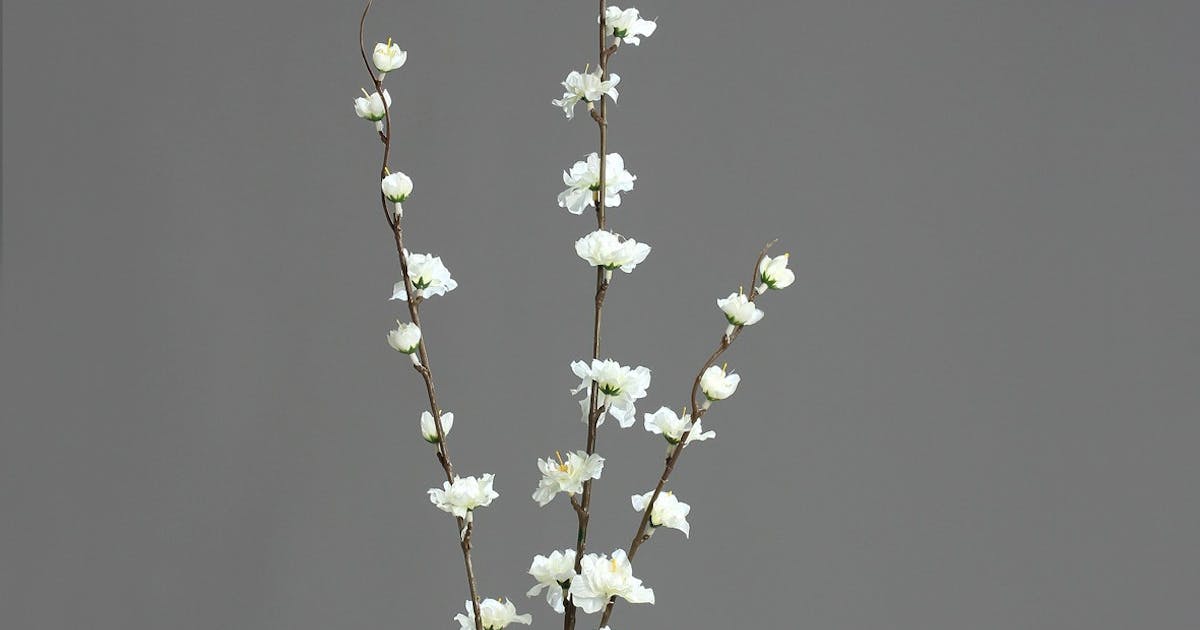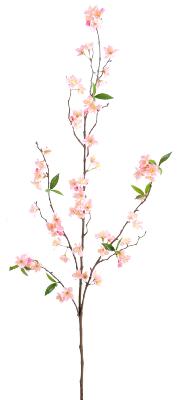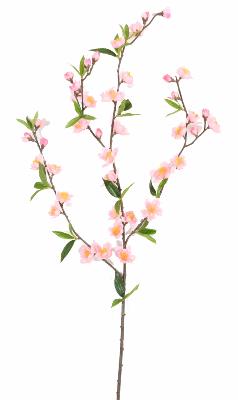
Branche de fleur de cerisier artificielle 30p | Chute d'eau, branche de fleur blanc/rose/Champagne, cerise de mendiant, Sakura, tige d'arbre avec feuille verte | AliExpress

Acheter Pas Cher Artificielle Cerisier Vigne Faux Fleur De Cerisier Fleur Branche Sakura Arbre Tige Pour Événement De Mariage Arbre Déco Artificielle Fleurs Décoratives Du 40,09 € | Fr.Dhgate

Fleurs de cerisier artificielles en soie, 28 pièces, tige d'arbre Begonia Sakura, 100cm, pour événements et fêtes de mariage | AliExpress
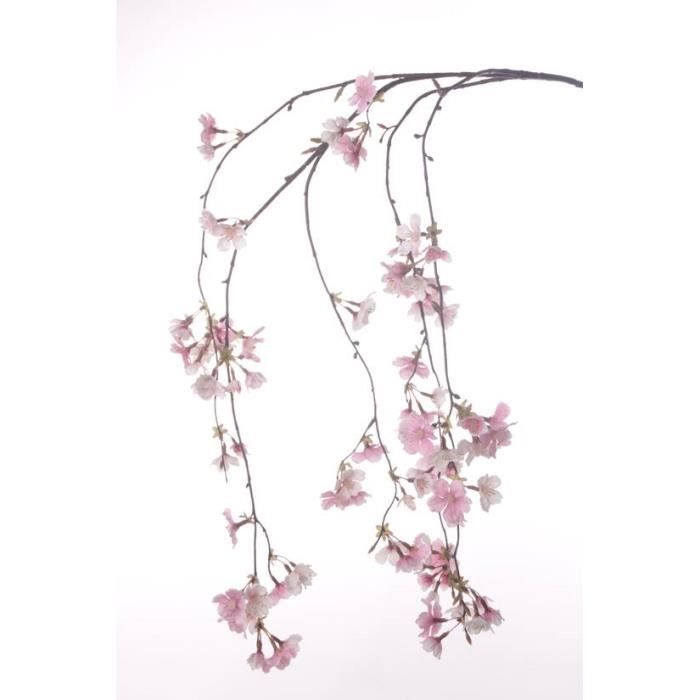
Fine tige de fleurs de cerisier artificielle KAGAMI, 90 fleurs, rose, 120cm - Branche décorative - Fleur artificielle - Cdiscount Maison

Cerisier à fleurs du Japon - Prunus 'Accolade' - Arbres tiges et d'avenues - Pépinières Meylan Shop | Bepflanzung, Garten, Vorgarten
